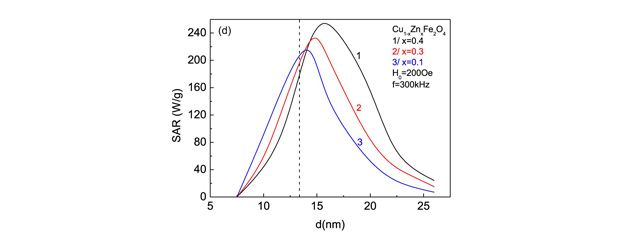Magnetic nanoparticles can 'burn' cancer cells (Vol. 50, No. 3)

Magnetic hyperthermia is still a highly experimental cancer treatment, but new research shows that the therapy is tunable.
Unfortunately, cancer isn’t simply a single disease, and some types, like pancreas, brain or liver tumours, are still difficult to treat with chemotherapy, radiation therapy or surgery, leading to low survival rates for patients. Thankfully, new therapies are emerging, like therapeutic hyperthermia, which heats tumours by firing nanoparticles into tumour cells. In a new study published recently, the authors show that tumour cells’ specific absorption rate of destructive heat depends on the diameter of the nanoparticles and the composition of the magnetic material used to deliver the heat to the tumour. The authors show that the tumour absorption rate greatly depends on the diameter of the nanoparticles. Surprisingly, the absorption rate increases as particle diameter increases, as long as the level of doping of the material is sufficiently high and the diameter doesn’t exceed a set maximum value (max. 14 nanometres for cobalt doping, 16 nm for copper).
A. Apostolov, I. Apostolova and J. Wesselinowa, Specific absorption rate in Zn-doped ferrites for self-controlled magnetic hyperthermia, Eur. Phys. J. B 92, 58 (2019)
[Abstract]





